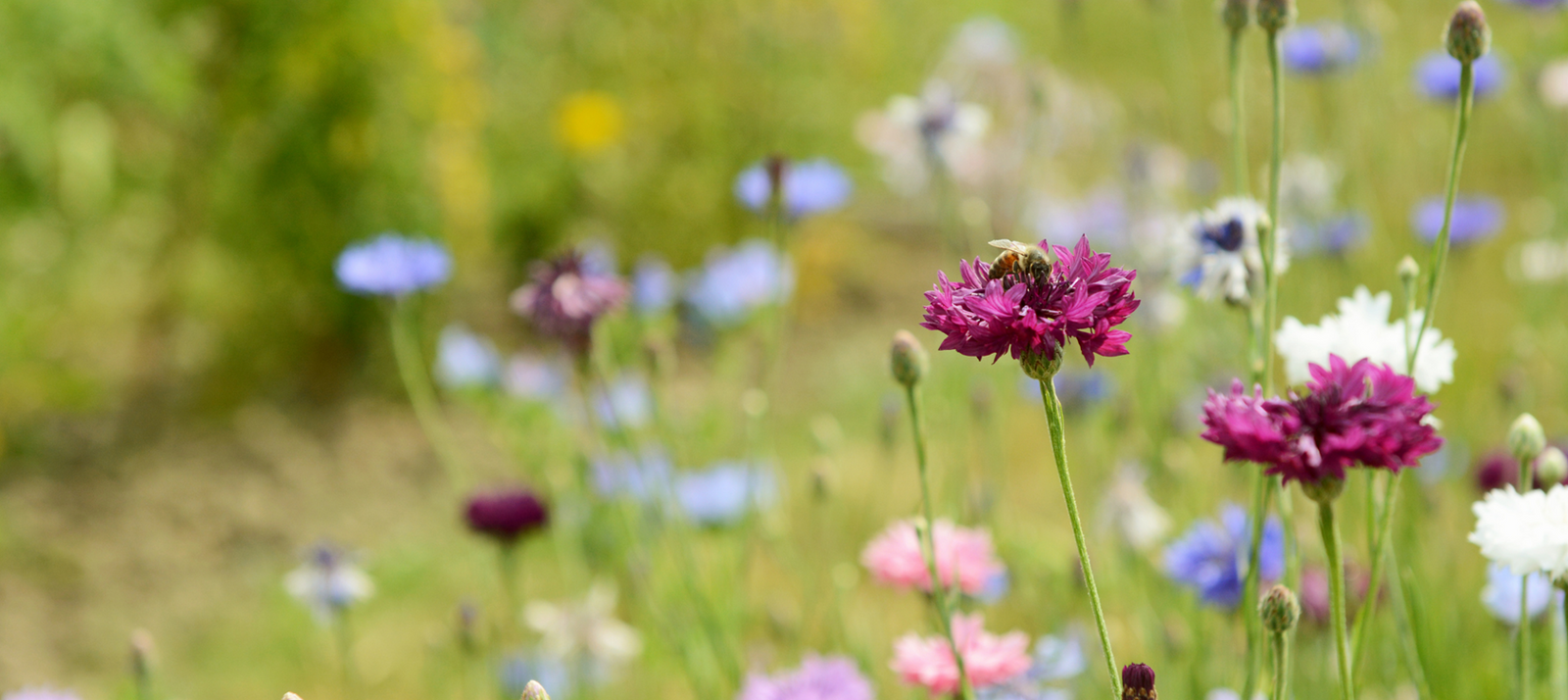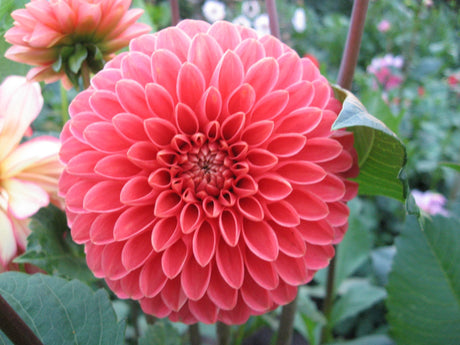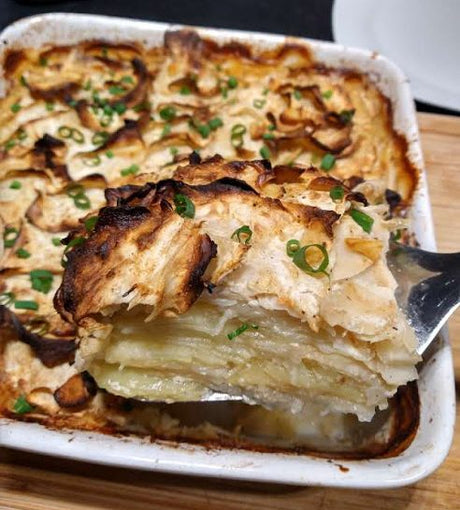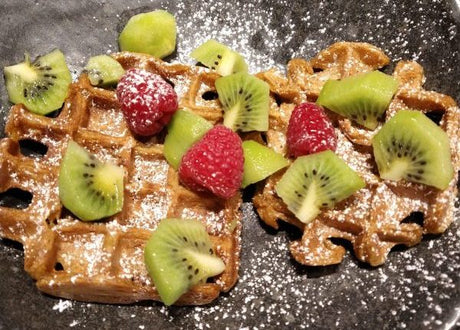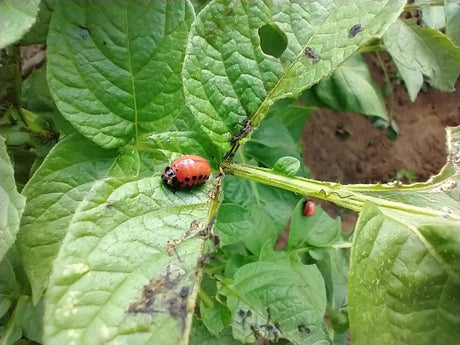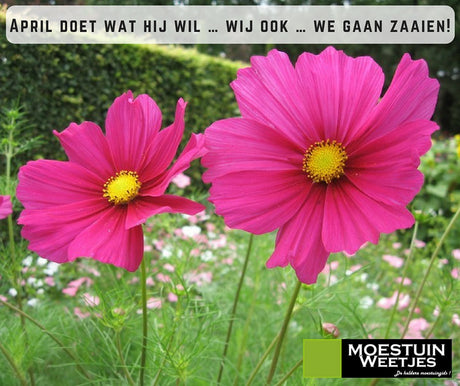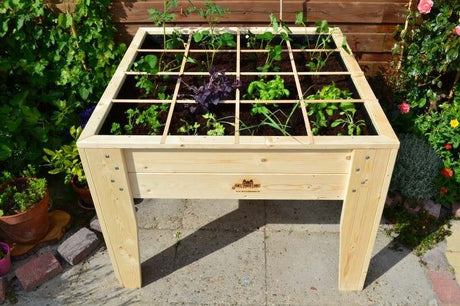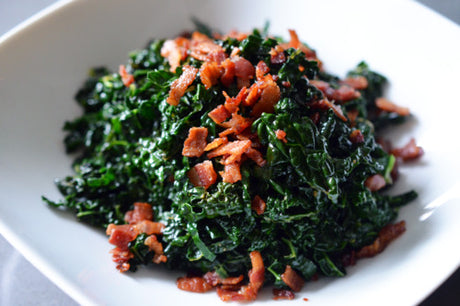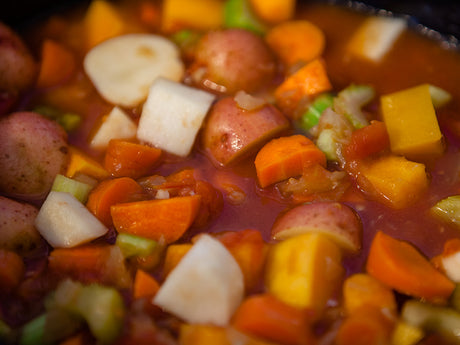Table des matières:
Les points les plus importants concernant le semis de fleurs sauvages
- Il est préférable de semer les fleurs sauvages en mars-avril ou en septembre pour une germination optimale et une belle prairie fleurie.
- Choisissez des espèces de fleurs indigènes pour un soutien maximal à la biodiversité, aux abeilles et aux papillons
- Pour un résultat optimal, préparez le sol en retirant les mauvaises herbes et en l'ameublissant. J'utilise une fourche à bêcher pour ne pas perturber la vie du sol.
- Répandez les graines de fleurs en fine couche (1 à 2 grammes par mètre carré) sur un sol humide et sans mauvaises herbes.
- Les fleurs sauvages nécessitent un minimum de soins et prospèrent mieux dans un sol plus pauvre.
On peut contempler une prairie de fleurs sauvages pendant des heures ; il y a tant à voir. Non seulement la splendeur des fleurs elles-mêmes, mais aussi l'attrait des abeilles et des papillons. Semer des fleurs sauvages est peut-être le moyen le plus efficace de transformer votre jardin en un paradis pour les insectes utiles. Et le meilleur dans tout ça, c'est que cela demande beaucoup moins de travail qu'on ne le pense !
Nous vivons à une époque où la biodiversité prend une importance croissante. En semant des fleurs sauvages dans votre jardin, vous contribuez à la conservation de diverses plantes et donnez un coup de pouce aux pollinisateurs comme les abeilles. De plus, vous obtenez un aspect naturel qui continue de surprendre tout au long de la saison.
Dans ce guide, nous vous expliquerons tout ce que vous devez savoir sur le semis des fleurs sauvages. Du bon moment pour semer aux meilleures variétés, en passant par la préparation du sol et la création de votre propre prairie de fleurs sauvages. Prêt à vous lancer ?

Quand semer les fleurs sauvages ?
Le timing est crucial pour semer des fleurs sauvages. La nature a son propre rythme, et c'est en s'y adaptant que l'on obtient les meilleurs résultats. Il existe deux périodes idéales pour semer les fleurs sauvages.
Le printemps, plus précisément de mars à mi-mai, est idéal pour les mélanges annuels. Durant cette période, le sol est humide grâce aux pluies hivernales, mais il commence lentement à se réchauffer. Vos graines bénéficieront alors de conditions optimales pour germer et produire de belles fleurs la même année. Attendez simplement que le gel soit passé.
Septembre est en fait la période naturelle de semis pour la plupart des fleurs sauvages. Dans la nature, les graines tombent à l'automne, hivernent et émergent au printemps suivant. Cette méthode est particulièrement efficace pour les espèces vivaces qui ont besoin d'une période froide pour fleurir.
Évitez de semer pendant les périodes trop sèches, trop humides ou trop chaudes. À des températures supérieures à 25 °C, de nombreuses graines peuvent se dessécher avant de germer. Il est également préférable d'attendre les pluies prolongées pour éviter que vos graines fraîchement semées ne soient emportées par les eaux.
Vérifiez toujours la période de semis indiquée sur vos sachets de graines. Les préférences des différentes variétés de fleurs varient parfois légèrement, et le cultivateur est le mieux placé pour savoir quand son mélange donne les meilleurs résultats.

Choisir les bonnes fleurs sauvages
Le choix de vos graines de fleurs détermine en grande partie la réussite de votre prairie fleurie. Il est tentant d'opter pour un mélange de fleurs exotiques, illustré par de belles photos, mais les espèces indigènes constituent souvent le choix le plus judicieux.
Les espèces indigènes néerlandaises comme les bleuets, les pâquerettes et les coquelicots sont parfaitement adaptées à notre climat et à notre sol. Elles ont également coévolué avec nos abeilles et papillons locaux, ce qui signifie qu'elles se complètent parfaitement. Une prairie fleurie peuplée d'espèces indigènes attire jusqu'à cinq fois plus d'insectes utiles qu'une pelouse classique.
Pour vos mélanges de fleurs, vous avez le choix entre des variétés annuelles et vivaces. Les mélanges annuels donnent des résultats rapides : les premières fleurs apparaissent en six à huit semaines. Idéal si vous n'êtes pas très patient ! Les mélanges vivaces prennent plus de temps à fleurir, mais offrent une longue période de floraison année après année sans avoir à semer.
Vous pouvez choisir parmi des mélanges de fleurs prêts à l'emploi ou créer les vôtres. Pour les débutants, les options toutes faites sont souvent les plus fiables. Les jardiniers expérimentés peuvent expérimenter en mélangeant différentes graines de fleurs pour ajouter une touche personnelle.
Chez Plukkers, nous avons choisi les mélanges de fleurs suivants :

